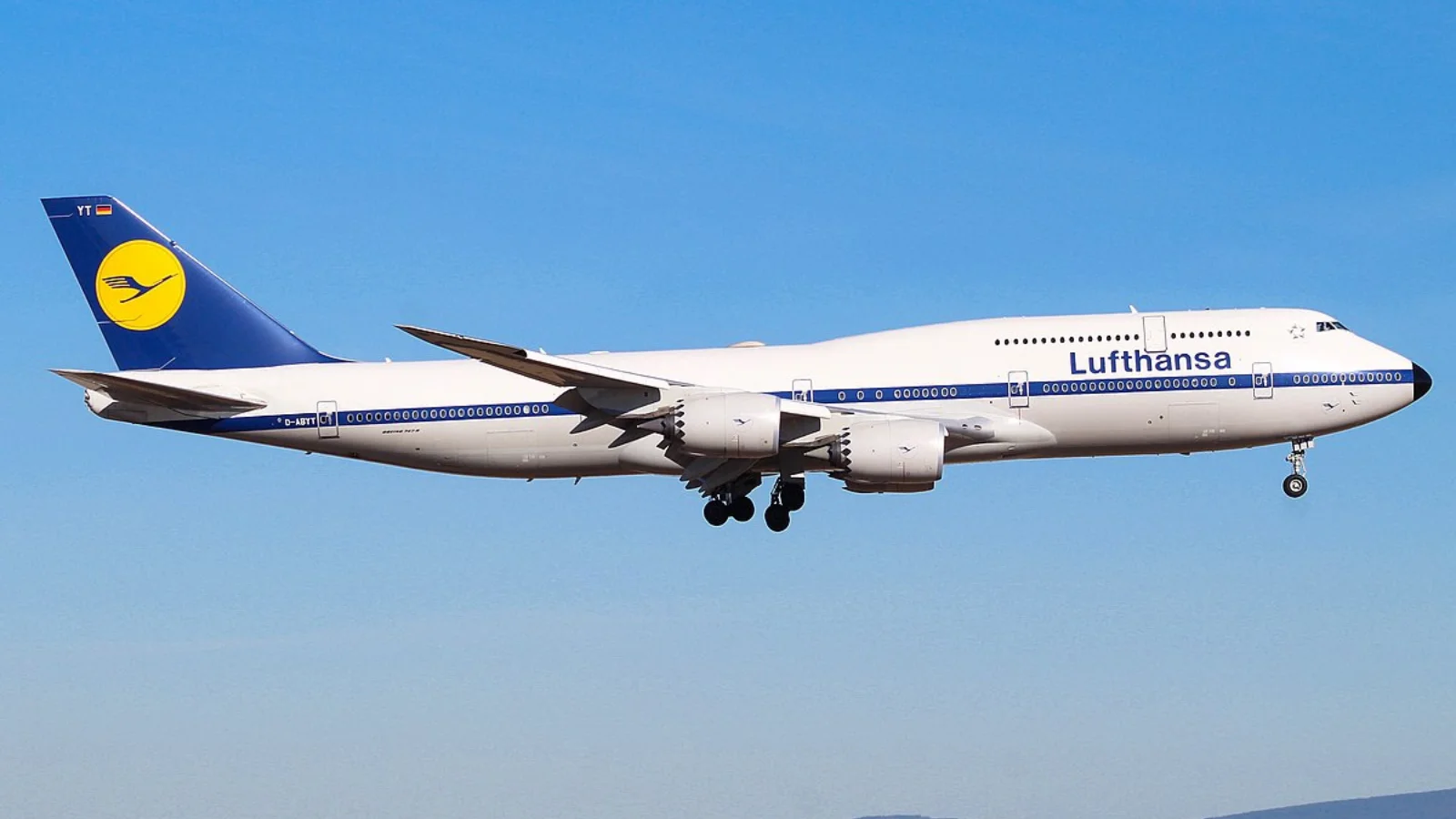The primary reason commercial aircraft might need folding wingtips is to meet International Civil Aviation Organization (ICAO) Code requirements that set maximum wingspan sizes. Code F allows a wingspan up to 80 meters—suitable for both the 747-8 and Airbus A380—while Code E limits span to 65 meters. Since the 747-8 was designed as a Code F aircraft, there was no need to reduce its wingspan further using folding mechanisms. Additionally, certification processes for such features are complex and could have delayed entry into service.
Compared with earlier models like the 747-400, the newer aircraft is longer and heavier but offers about sixteen percent lower fuel burn per seat thanks in part to General Electric GEnx-2B67 engines. These engines also help it meet ICAO Stage 4 noise standards. While overall fuel efficiency improvements over previous generations are modest—the Simple Flying analysis found only a slight improvement in miles per gallon—the increased seating capacity means better fuel economy per passenger.
Despite these advancements, sales of the passenger version of the 747-8 were limited; only forty-seven orders were placed as airlines favored more efficient twin-engine jets instead. However, its freighter variant performed better commercially.
Boeing has historically produced some of aviation’s longest commercial aircraft. The title shifted from earlier models like the Boeing 777-300 and Airbus A340-600 before being reclaimed by Boeing with both the 747-8 and soon-to-be-released 777X. The new Boeing 777-9 will measure nearly half a meter longer than its predecessor at just over two hundred fifty-one feet.
Looking ahead, there are rumors that Airbus may develop an even longer version of its A350 model—a stretch dubbed A350-2000—but this would require significant modifications.
The production run of Boeing’s iconic jumbo jet ended in early 2023 after more than five decades since its first delivery in January 1970. Today around one hundred fifty airframes remain active—primarily as freighters—with only four airlines still operating scheduled passenger flights: Lufthansa (which plans retirement by mid-2030s), Air China, Korean Air (likely retiring theirs by early next decade), and Rossiya Airlines.
The introduction of folding wingtips on commercial jets will begin with Boeing’s new model when it enters service in early 2027. Airbus is also working on next-generation single-aisle jets featuring "long foldable wings" inspired by nature through biomimicry research under its Wing of Tomorrow program. According to Airbus:
"This gives the aircraft a longer wingspan in flight, increasing lift and reducing drag, while still making it compatible with airport gates."
No other major commercial projects currently plan similar features except potential future designs like Blended Wing Body (BWB) concepts—which remain years away from entering service if ever adopted.
 Alerts Sign-up
Alerts Sign-up




































